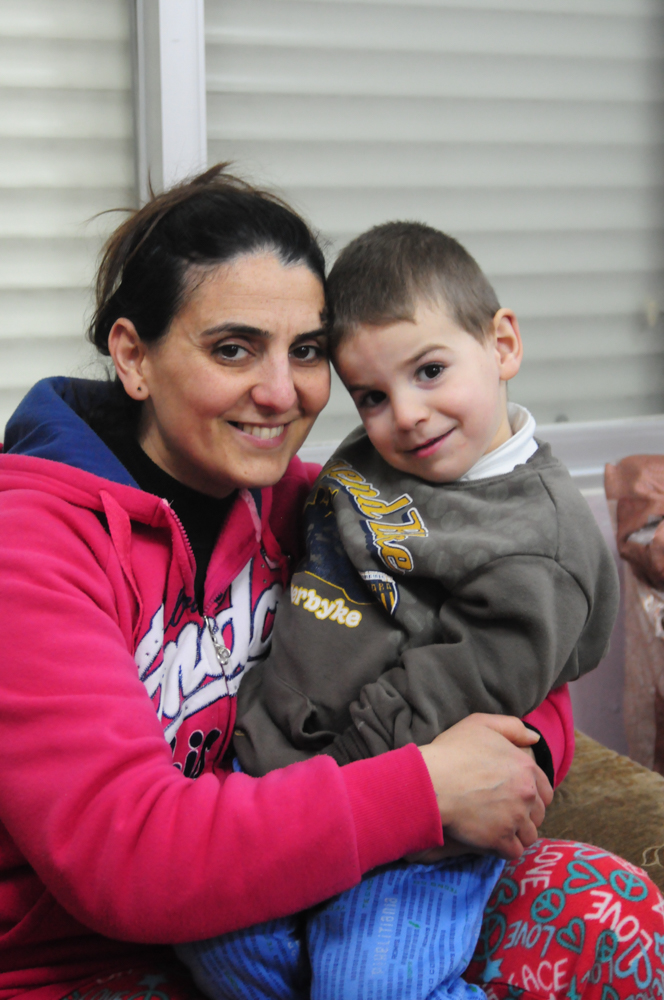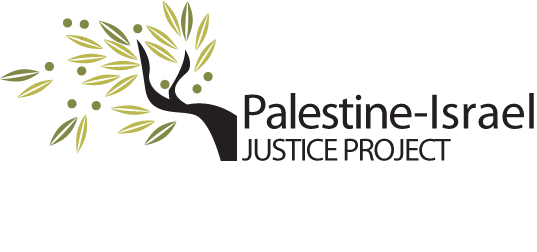History of the Palestinian-Israeli Conflict
Materials:
- An LCD projector (preferable, but not essential), photocopying of various reading materials, and a DVD copy of the documentary film Occupation 101: Voices of the Silenced Majority. (The film can be purchased for less than $25 at various internet websites.) This film can also be accessed from Google Videos. You will also find it embedded in the Reference Material after the list of Sessions.
- Either project the discussion questions or provide copies to the participants. Discussion questions for participants are at the end of the methods.
- Copies of excerpts (listed in Part B below) of The Origin of the Palestine-Israel Conflict if you do not have internet access at your class site.
- Copies of “A Timeline of the Arab-Israeli Conflict”
- Copies of “Preparation for Sessions 6 & 7” – to be passed out at the end of Session 5.
Time:
Each one of the two sessions is designed to be completed within 55 minutes. Additional activities are possible for longer class sessions.
Scripture:
John 1:11-13 He came to what was his own, and his own people did not accept him. But to all who received him, who believed in his name, he gave power to become children of God, who were born, not of blood or of the will of the flesh or of the will of man, but of God.
Method:
PART A. What do you believe are the historical roots of the conflict?
Spend about 5 minutes allowing participants to respond to the above question. Don’t comment or expand on what is said, but allow for some sharing.
PART B. Before the 1880’s
{About 10 minutes] Using the LCD screen, share with participants The Origin of the Palestine-Israel Conflict, 3rd Edition, Published by Jews for Justice in the Middle East
http://www.ifamericansknew.org/history/origin.html
Guide participants in reading through the “Introduction,” page 1, going to “The Early History of the Region” on pages 2 & 3. Read through the section “How long has Palestine been a specifically Arab country?
PART C. The Conflict Begins
Explain to participants that they will view excerpts from the 2007 award-winning documentary Occupation 101, which features some of the major events in the Palestinian-Israeli conflict. At various points in the film, there will be breaks in viewing so that the group can discuss some of the issues. [Note: As the leader, you may find this a bit complicated, but if you prepare yourself by viewing the film in advance, you should not have any problems. Also you may find that this outstanding film is worth showing in its entirety. Do so, if you have time (its 90 minutes), but do allow for discussions at various points.]
Begin the film at time 16:30 (from Google Videos) or just before Scene Selection #4, “Root Cause of the Conflict” (the DVD). [Note: Just prior to this section is a discussion on Christians in the Holy Land; you may want to begin with that section.]
Show the film for about 4 minutes, through the demographics of 1937 – 1945 and the statement of “Hitler’s rise to power.” (A little past 20:30 on Google)
These are some of the discussion questions that you can ask the group. Feel free to create your own here and elsewhere in these two lessons.
Discussion Questions: {Discussion time – at least 15 minutes}
- What is Zionism?
- What have you learned about Zionism?
- What are some of the reasons for the rise of Zionism at the end of the 19th Century?
- What role did the British play in creating the conflict between the Arab Palestinians and the Jews, especially European Jews?
- What were the different reasons for the fighting between Jews and Palestinians before World War II?
- What do you learn about the demographics of Palestine from the 1880s to WW II?
- What events led to different changes in the demographics of Palestine?
Return to the film, continuing just before 1967. You will show the film for about 7 minutes, 5 seconds (to 27:35 on Google) through the Hasidic Jew saying (with a sign) that “Zionism is the problem.”
Discussion Questions: {Discussion time – at least 15-20 minutes}
- What did Western leaders do to make amends for the Jewish Holocaust?
- What were some inherent injustices with the United Nations Partition Plan of Palestine?
- What was the response of the Zionists after the United Nations approved the partition plan?
- What were some of the facts of the ethnic cleansing of Palestinians from their homeland?
- When and how did the Arab armies respond? How did their armies compare to the Israeli army?
- What was the final result of the 1947-48 creation of Israel?
- What were the conditions for the Palestinian refugees? How many Palestinian refugees were there?
- Explain the differences in the concept of the right of return for Jews and Arab Palestinians.
- How does the Orthodox Jew (the Hasidim) explain the conflict?
